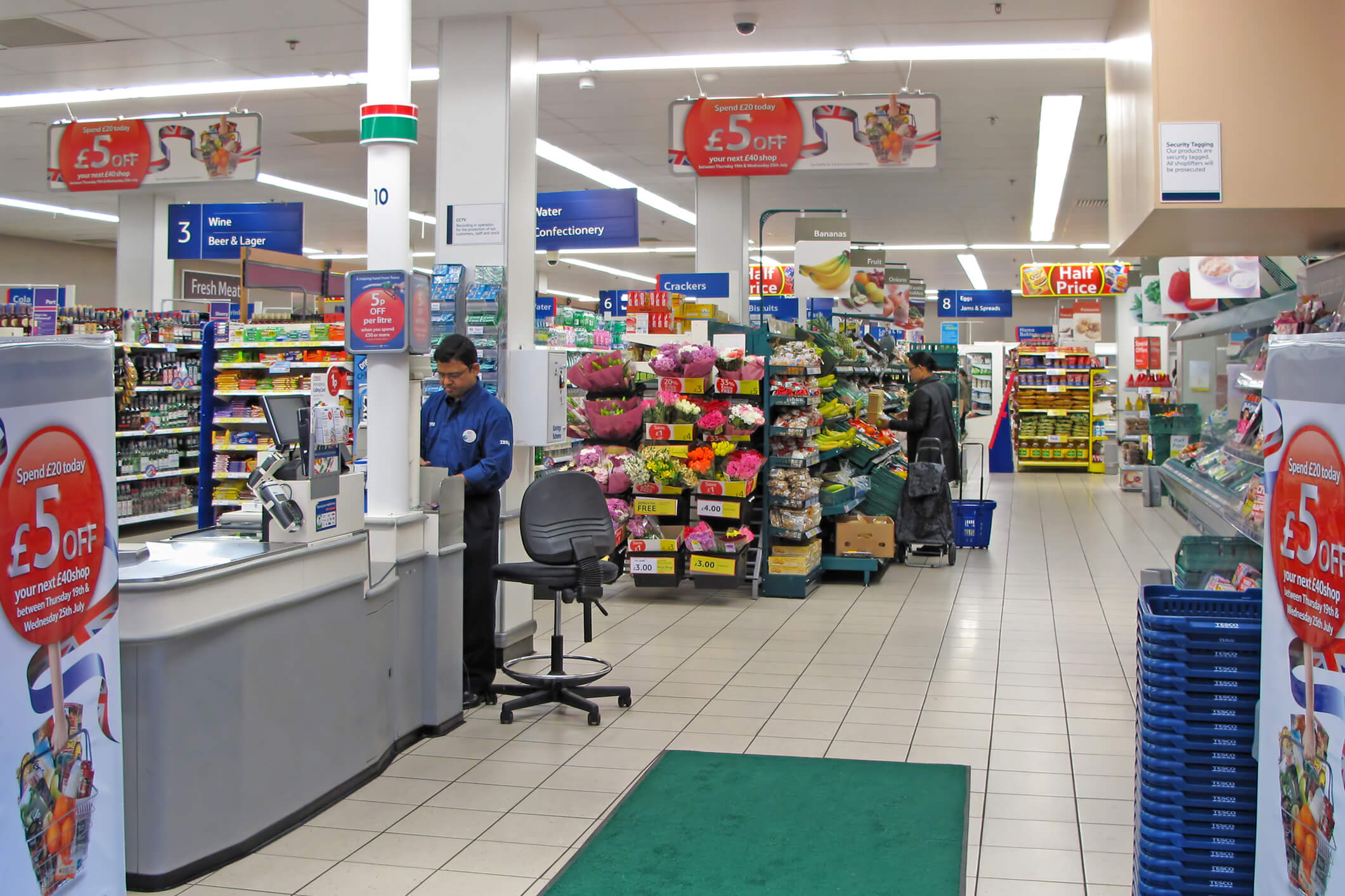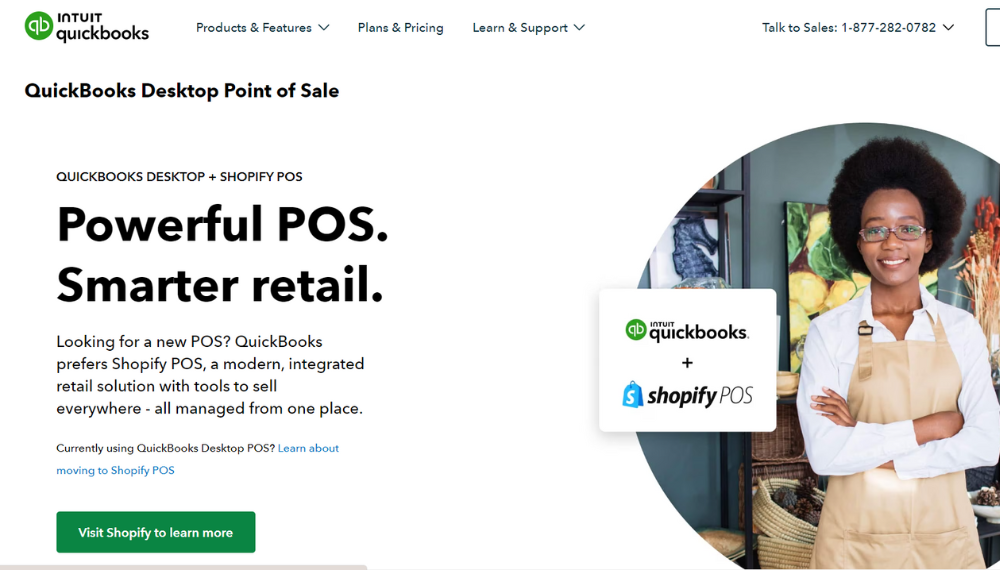Grocery Store Profit Margins
Grocery store profit margins refer to the percentage of revenue a grocery store earns after deducting the cost of goods sold (COGS) and other operating expenses. It represents a grocery store's profit on each dollar of sales and is a crucial measure of its financial health and profitability. Profit margins are calculated by dividing the store's net profit by its total revenue, expressed as a percentage. Understanding and optimizing profit margins are important for a grocery store's long-term sustainability and success.Resources Required Managing Grocery Store Profit Margins
Several resources are required to manage grocery store profit margins effectively. Here's an overview of some of the key resources:- Accounting Software: Accounting software is essential for tracking sales, inventory, expenses, and profits. It allows grocery store owners to generate detailed financial reports, analyze trends, and make informed decisions based on data.
- Inventory Management Systems: Inventory management systems help grocery stores optimize inventory levels, reduce waste, and avoid stockouts. By keeping track of inventory in real-time, they can make more accurate predictions about demand and adjust their ordering and pricing strategies accordingly.
- Pricing Strategies: Pricing strategies are crucial in grocery store profit margins. By analyzing sales data and customer behavior, grocery stores can develop pricing strategies that maximize profits while remaining competitive.
- Staff Training: Well-trained employees are crucial for managing inventory, reducing waste, and maintaining good customer service. Investing in staff training can pay off in the long run by reducing costs and increasing sales.
- Technology: Technology plays an increasingly important role in grocery store profit margins. Point-of-sale (POS) systems, online ordering platforms, and mobile payment solutions can help grocery stores streamline operations, reduce costs, and improve the customer experience.
What Are the Average Grocery Store Profit Margins?
The average grocery store's profit margins can vary depending on the size, location, and type of store. According to research from Posnation, the average grocery store profit margins range from 1.5 to 3.5 percent. Additionally, grocery stores can profit more from selling alcohol, cigarettes, and private-label products. According to Chron, supermarkets with larger stores and more sales can profit more than smaller stores with fewer sales. Therefore, it is important for grocery store owners to understand their profit margins and how to maximize their profits. However, here are some general statistics on the average profit margins for grocery stores in the US:- Supermarkets: According to the National Grocers Association (NGA), the average profit margin for independent supermarkets is around 1.9%, while the average profit margin for chain supermarkets is around 1.6%.
- Convenience Stores: The average profit margin for convenience stores is around 2.2%, according to the National Association of Convenience Stores (NACS).
- Specialty Food Stores: The Specialty Food Association (SFA) reports that specialty food stores typically have higher profit margins than traditional grocery stores, with an average margin of around 5-6%.
How do grocery stores make money?
Grocery stores make money by selling products to customers at a markup from the cost they paid to acquire them from suppliers. This markup is often referred to as the gross margin. The gross margin represents the difference between the selling price of a product and the cost of goods sold (COGS) or the cost the store incurred to acquire the product. Generate revenue by selling advertising space in-store or online, charging fees for in-store pharmacies or delivery services, and offering branded products. Grocery stores can generate healthy profits by keeping expenses low and optimizing gross margins. They can also increase their revenue by growing their customer base through marketing and advertising, offering promotions and loyalty programs to incentivize repeat business, and expanding their offerings to include popular and high-margin products. They can build loyal customers and increase profits by offering high-quality products and excellent customer service.What Affects Grocery Store Profit Margins?
Several factors can affect grocery store profit margins, including:- Cost of Goods Sold (COGS): COGS represents the grocery store's cost to acquire the products it sells. Grocery stores can optimize their profit margins by negotiating with suppliers for better prices, buying in bulk to get discounts, and reducing waste through effective inventory management.
- Operating Expenses: Grocery stores incur several operating expenses, including rent, utilities, labor, marketing, and other expenses related to running the store.
- Pricing Strategies: Pricing strategies are crucial in determining grocery store profit margins. Grocery stores can use data to optimize their margins to make informed pricing decisions. For example, they can use dynamic pricing to adjust prices based on demand, offer promotional pricing to incentivize sales or use value-based pricing to differentiate themselves from competitors.
- Sales Volume: The number of products sold also affects profit margins. Grocery stores can increase their profits by increasing their sales volume, such as by expanding their offerings or entering new markets. They can also optimize their product mix by focusing on high-margin products and adjusting their inventory levels to avoid stockouts and reduce waste.
- Competition: Competition from other grocery stores can impact profit margins. To stay competitive, differentiate themselves by offering unique products, exceptional customer service, and innovative marketing strategies.
Tracking and Analyzing Grocery Store Profit Margins
Tracking and analyzing grocery store profit margins is essential to improving the financial sustainability of the business. Here are some steps that grocery store owners and managers can take to track and analyze their profit margins:- Use a Point of Sale (POS) System: A modern POS system can help grocery stores track their sales data and generate reports that show gross margins and other key metrics. These systems can also help identify which products are selling well and which are not, enabling them to make informed inventory decisions.
- Monitor Cost of Goods Sold (COGS): Keeping a close eye on COGS is essential to optimizing profit margins. Grocery stores should regularly review costs and identify opportunities to negotiate with suppliers, buy in bulk, and reduce waste.
- Analyze Operating Expenses: Grocery stores should review their operating expenses regularly and identify opportunities to reduce costs. For example, they can switch to energy-efficient lighting, outsource some services to reduce labor costs, and negotiate with landlords for lower rents.
- Analyze Sales Volume: Analyzing sales volume can help grocery stores identify which products are selling well and which ones are not. This data can help stores decide which products to stock and which to discontinue.
- Use Pricing Strategies: Pricing strategies can significantly impact profit margins. Grocery stores should regularly review their pricing strategies and use data to make informed decisions. They can also consider implementing dynamic pricing to adjust prices based on demand, offer promotional pricing to incentivize sales or use value-based pricing to differentiate themselves from competitors.
- Use Analytics Tools: Analytics tools can help grocery stores analyze their data and identify opportunities to optimize their profit margins. These tools can help identify trends, patterns, and insights that may only be visible in standard reports.





